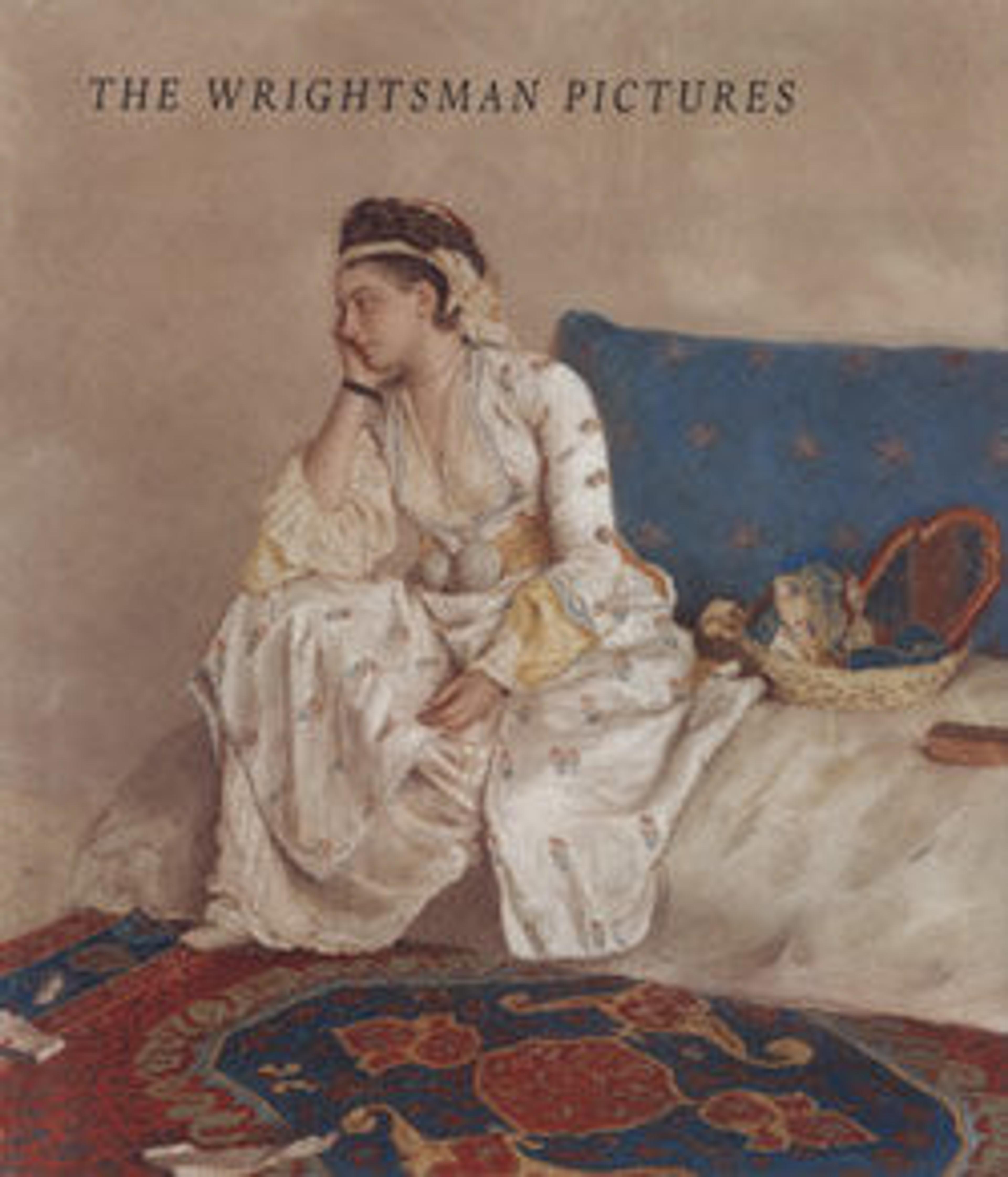Portrait of an Olivetan Monk
The sitter in this portrait is an Olivetan monk, a branch of the Benedictines. He is surrounded by his writing materials: an inkwell, quills, a scraping knife, a seal and red wax, as well as a packet of letters and a book closed with a clasp. The identities of both the artist and sitter are open to question. The artist may be the Sienese Baldassare Peruzzi (1481–1536), or the Venetian Battista Franco (ca. 1510–1561); both worked in Rome and were influenced by Raphael and Sebastiano del Piombo. The sitter must have been an important member of the order, and the names of two abbots have been suggested.
Artwork Details
- Title:Portrait of an Olivetan Monk
- Artist:Attributed to Baldassarre Tommaso Peruzzi (Italian, Ancaiano 1481–1536 Rome)
- Medium:Oil on canvas
- Dimensions:38 1/4 x 28 5/8 in. (97.2 x 72.7 cm)
- Classification:Paintings
- Credit Line:Gift of Mrs. Charles Wrightsman, 1986
- Object Number:1986.339.1
- Curatorial Department: European Paintings
More Artwork
Research Resources
The Met provides unparalleled resources for research and welcomes an international community of students and scholars. The Met's Open Access API is where creators and researchers can connect to the The Met collection. Open Access data and public domain images are available for unrestricted commercial and noncommercial use without permission or fee.
To request images under copyright and other restrictions, please use this Image Request form.
Feedback
We continue to research and examine historical and cultural context for objects in The Met collection. If you have comments or questions about this object record, please contact us using the form below. The Museum looks forward to receiving your comments.
